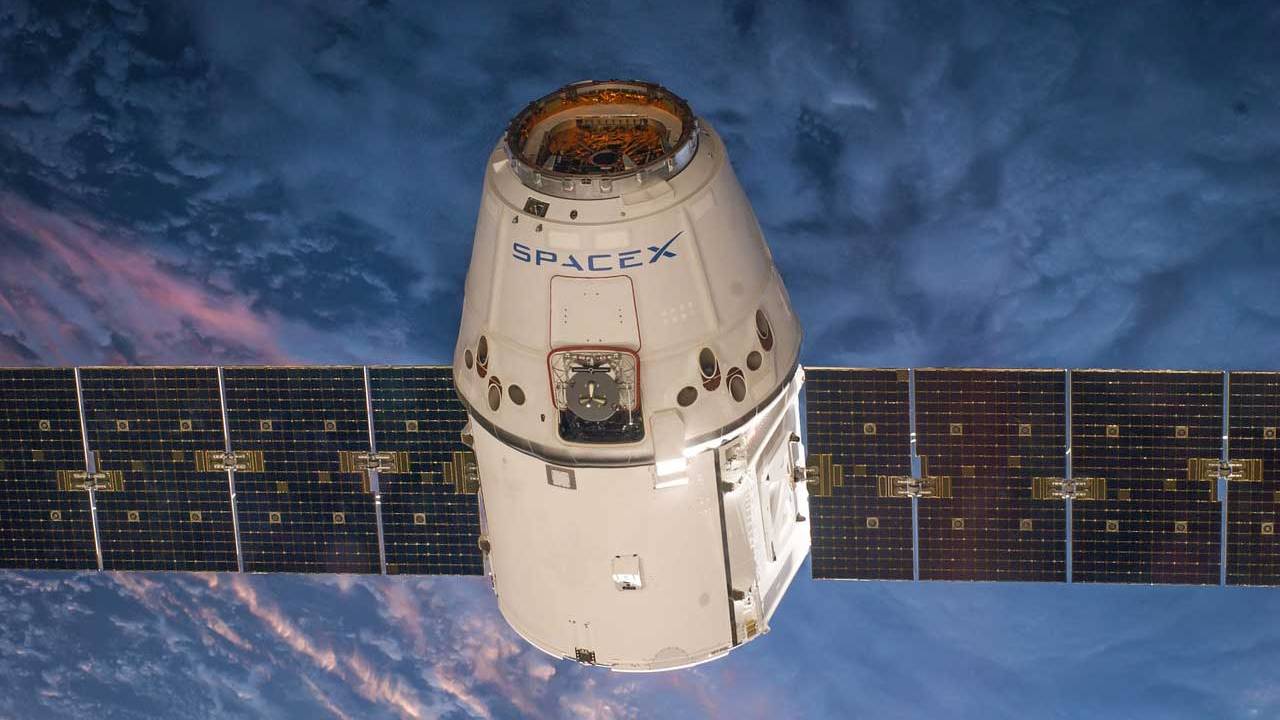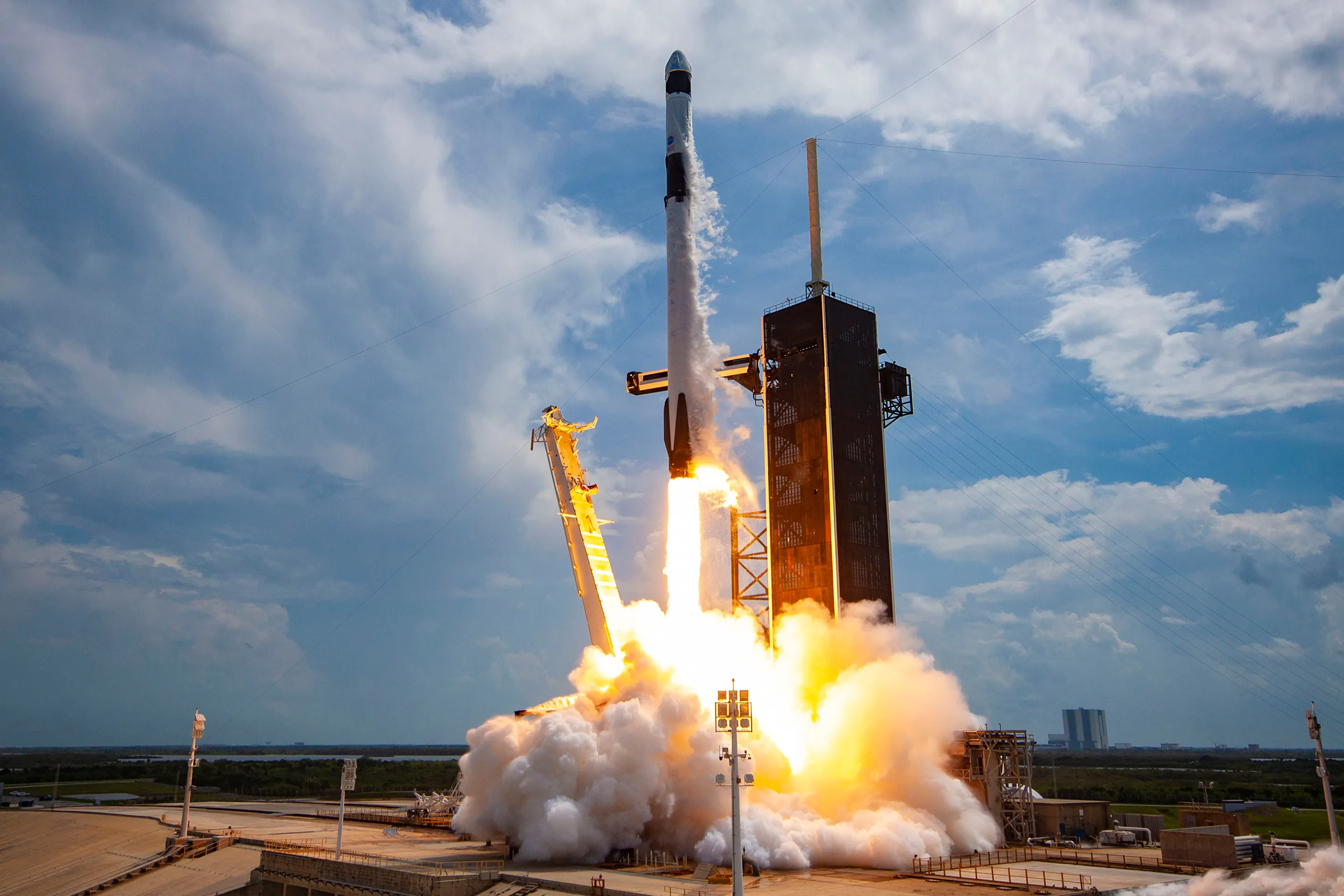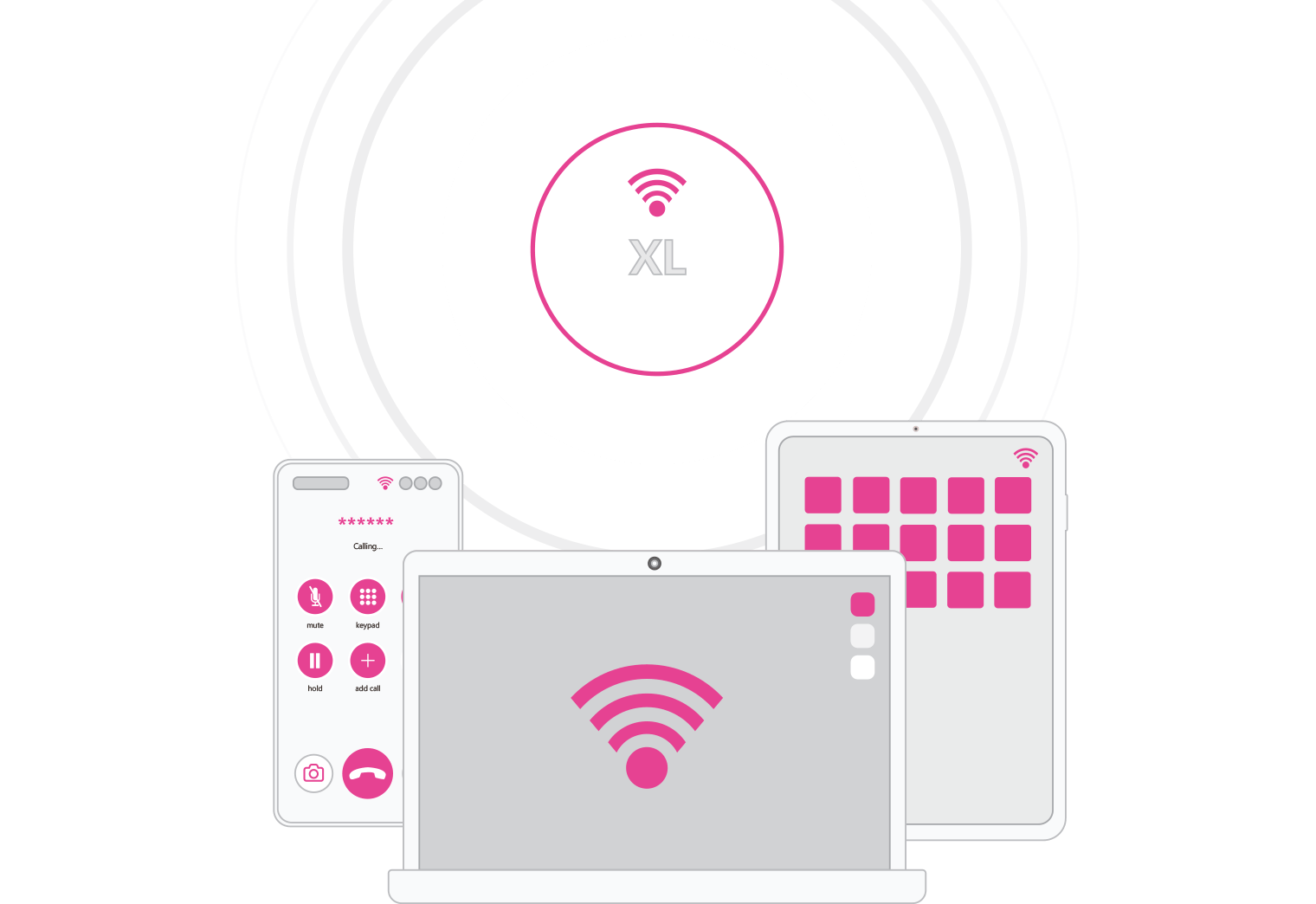The internet has been one of the most powerful democratising forces we’ve ever seen, connecting the world and allowing for instantaneous communication and data transfer. But all that value has only been accessible to those who have been fortunate enough to be able to connect affordably.
In an attempt to make this possible for the entire globe, we’ve seen a number of fascinating new projects pop up aiming to use ‘constellations’ of satellites to bring the internet to every human on the planet. Namely, OneWeb, purchased by the UK Government, Starlink from Elon Musk’s SpaceX, and Amazon’s Project Kuiper.

What’s It All About?
By launching hundreds or even thousands of satellites into orbit around the Earth, it’s possible to create a group, or ‘constellation’, of interconnected satellites, acting in unison to deliver high-speed internet to even remote locations. This would be game-changing in locations where, historically, it has been impossible to install cable infrastructure due to prohibitive costs and/or logistics.
Existing satellite connectivity is slow and expensive, only really used by cruise liners when they’re so far from any shoreline that they can’t connect to cell towers for a 4G connection. As such, the projects mentioned above are looking to deploy their constellations in a much lower orbit than existing internet satellites. This is a powerful value proposition and one that could transform the way the world connects to the internet.
How Does It Work?
Constellations, of course, are groups of stars (in this analogy: satellites) that, when plotted on a map and joined with lines (data connections), form a recognisable shape or image (web of connectivity). Since they’re interconnected ‘constellations’, these satellites will seamlessly handoff data between each other.
From a consumer perspective, the experience is likely to be similar to setting up old satellite TV, or something like setting up a 4G broadband connection with an omnidirectional antenna and dedicated 4G router.
The difference is that, given the low orbit altitude of these satellites (planned at 160-2000km above the Earth’s surface), they will not be geostationary and, instead, will orbit the earth approximately every 90-120 minutes.
Therefore no single satellite, or group of satellites, will be able to provide a single location with constant connectivity.
To overcome this problem, a network of hundreds, or even thousands, of satellites, seamlessly beaming data between them, is necessary.

Where Will It Operate?
OneWeb and Project Kuiper are still in their infancy, so it’s mere speculation at this point with those – but the idea seems to be that these constellations will seek to serve the entire world. Whether you’re in a remote rural village, a high-density city, or even the middle of the ocean – you should be able to find a satellite from which you can access the internet.
This will be a big deal for planes, boats, and other remote transportation – but it could also radically transform traditional household internet if it delivers a better experience cheaply and efficiently.
Starlink is currently in Beta and there are already users around the globe using the service functionally. Though it is expensive in comparison to other services, those in remote regions who have typically had frustrating experiences with the internet might be willing to pay the premium. In fact, remote regions are perhaps most optimally placed to benefit from this service since a clear view of the night sky is the only prerequisite.
How Fast Will It Be?
This is the million-dollar question, of course. Internet providers are continually competing to offer faster and more reliable connections to their customers, so LOE satellite internet has to offer competitive speeds if it’s to be economically viable.
Starlink
The Starlink website promises speeds between 50 and 150Mbps at present, with impressive latency of between 20-40ms, depending on where you’re connecting from. This is in line with median connectivity speeds but certainly leaves room for improvement. As the technology develops, it’s expected that this will continue to rise.
Kuiper
Amazon Kuiper is still pre-launch, but they have said that their prototypes are capable of delivering speeds of up to 400Mbps. It remains to be seen how reliable these reports are and whether they can achieve this at scale.
OneWeb
OneWeb has reported that they expect speeds of up to 195Mbps when they launch in 2022.
As you can see, it’s still early in this race, but the speeds are promising at this early stage. As we continue to develop the technology and innovate on how it’s delivered, it’s safe to say that we should see further speed improvements over time.
--
Though LOE satellite internet is still in its infancy, these projects bode well for the future of internet connectivity. In the meantime, NetXL will continue to bring you the products, resources, and assistance that you need to get all set up. In the meantime, check out what we currently have to offer in terms of networking and antennas.
All images courtesy of SpaceX, Unsplash.


